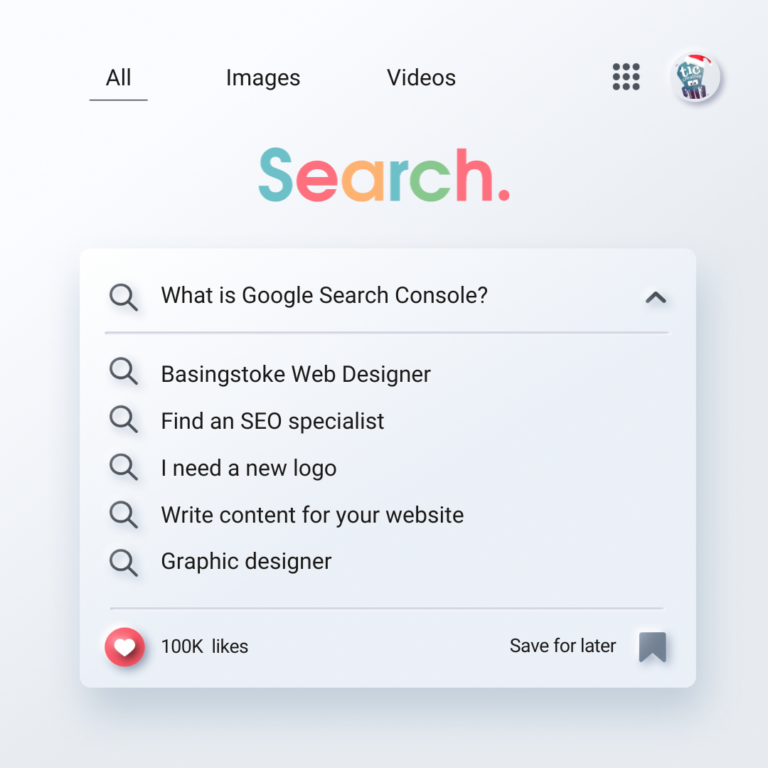
Historically, SEO strategies were straightforward, focusing heavily on keyword stuffing to improve search rankings. Today, the landscape has evolved into a more complex, user-centric approach. Leading search engines have shifted their algorithms to prioritize the user experience, employing advanced technologies such as artificial intelligence and machine learning to deliver search results that are not only accurate but also highly relevant and engaging. This evolution underscores the intertwined nature of SEO and UX, highlighting their shared objective: to provide users with easy access to information and resources.
Key Areas Where UX Influences SEO
1. Site Speed and Performance
Since 2018, the speed of a site has emerged as a critical factor for ranking in search results. Developers play a vital role in optimizing a website’s performance, ensuring that it loads quickly and efficiently. This involves minimizing the load time by optimizing images, leveraging browser caching, and reducing the number of resource-intensive elements that can slow down the site.
2. Bounce Rate and User Engagement
Search engines use bounce rate as an indicator of content relevance and user satisfaction. A high bounce rate, where users leave shortly after arriving, can negatively impact a site’s SEO rankings. Developers can mitigate this by designing intuitive navigation and layout, making it easier for users to find the information they seek and encouraging longer site engagement.
3. Mobile Responsiveness
With the increasing prevalence of mobile browsing, ensuring a website is mobile-friendly has become non-negotiable. Search engines reward sites that provide a seamless experience across all devices. UX developers must focus on responsive design, ensuring content is easily accessible and navigable on smartphones and tablets.
4. Content Accessibility and Structure
The way content is structured and presented on a website can significantly affect its SEO. Implementing clear hierarchies, using headings correctly, and ensuring content is easily accessible not only enhances user experience but also helps search engines understand and rank site content more effectively.
5. Interactive and Visual Elements
While engaging visuals and interactive elements can enhance user experience, they must be used judiciously. Excessive use of JavaScript or complex animations can hinder site performance and accessibility. UX developers should aim for a balance, creating visually appealing designs that do not compromise on speed or accessibility.
Simplifying Site Navigation for Enhanced UX and SEO
In the digital realm, ease of use is paramount for engaging today’s users. While a website with a plethora of pages targeting various search terms might appear beneficial for SEO, a streamlined navigation experience greatly enhances user satisfaction. Research by Ahrefs suggests that pages well-optimized for a range of keywords outperform numerous pages targeting similar terms. Yet, if search engines struggle to crawl a site due to complex navigation, key pages may remain unindexed.
To boost both navigation and SEO, start with a clear site structure. Implementing well-defined categories and subcategories, especially on retail sites, aids customers in finding their desired products effortlessly. Moreover, a coherent internal linking strategy facilitates search engine crawlers in thoroughly examining and indexing each vital page. Thus, simplifying navigation should be a priority in web design, serving to optimize both user experience and SEO capabilities.
Designing User-Friendly Page Layouts for Optimal Engagement
The impact of page layout on a site’s SEO and user experience cannot be overstated. Overloading a page with excessive information can hinder readability and indexation, while unattractive or complex layouts may prompt users to exit swiftly. This immediate departure signals to search engines that the content does not meet users’ needs, potentially resulting in a lower search engine results page (SERP) ranking.
Enhancing UX and SEO with strategic layout design involves several key approaches:
- Optimizing Category Pages: Consider a scenario where a client’s blog page aggregates all articles. Rather than displaying extensive excerpts on the main page, which can dilute UX and confuse SEO, employ a card-based layout for each post. This method, as utilized by Fabrik, simplifies content navigation and makes it easier for search engines to discern and rank pages accurately.
- Utilizing Headers and Tags Effectively: Both users and search engines scan page content. To improve navigation and SEO, employ Header 1 (H1) tags to highlight main sections, and use title tags to inform search engines about your target keywords. A well-organized content structure that visually guides users through the page can increase dwell time, indicating to search engines the presence of quality, relevant content.
- Incorporating Visual Media: Visual elements like images and videos not only captivate users but also serve as powerful tools for conveying information efficiently. From a UX standpoint, they enhance satisfaction by providing a dynamic way to absorb content. For SEO, optimizing visual media with alt text and meta descriptions expands your visibility, potentially improving your ranking in both traditional and image search results on platforms like Google.
Adhering to these principles ensures that your website not only attracts users but also retains them, thereby signaling to search engines the value and relevance of your content.

Leveraging Search Data for Streamlined Site Architecture
In the modern SEO landscape, the focus has shifted from creating numerous landing pages for each query to adopting a simplified, clutter-free website structure. SEO insights play a critical role in shaping the architecture necessary for a website’s success. For example, aiming to rank for a term like “eCommerce SEO” involves addressing a broad spectrum of related keywords. Instead of developing multiple pages for each variant phrase, a more efficient strategy is to craft a comprehensive piece of content that encompasses various related topics.
For expansive topics, the concept of “pillar” content becomes invaluable. This approach centers around a main page that covers the overarching theme, supported by smaller, interconnected sub-pages. Such a structure enhances site navigability for both search engines and users, ensuring easier indexing and information retrieval. Additionally, consolidating content into more impactful pages while eliminating low-value content can strengthen your site’s authority and relevance.
Optimizing SERP Listings for First Impressions
The initial interaction potential customers have with a website might not be the homepage but the listing on a search engine results page (SERP). Hence, crafting a positive first impression through SERP listings is crucial. Developers can influence this through well-crafted title tags that incorporate relevant keywords, aligning with both SEO and UX best practices. A compelling title tag not only indicates the relevancy of the content to the searcher but also enhances the likelihood of them clicking through to the website.
Rich snippets further enrich this interaction by providing additional details that make a listing more appealing. These snippets, from company ratings to product information, can be managed through plugins, offering searchers a snapshot of what to expect, thus improving trust and engagement.
Boosting Local Business Visibility
While the allure of a global reach is strong, local visibility remains a cornerstone for businesses aiming to attract nearby customers. Developers can significantly influence a website’s local SEO performance through strategic actions. Ensuring accurate business directory information across the website and social media profiles is foundational. Moreover, creating dedicated pages for each service area enhances local relevancy, making it simpler for potential clients to find location-specific contact details.
Optimizing these location pages for local search terms not only elevates visibility in targeted regions but also bolsters the site’s overall SEO footprint. By covering more of the search landscape, businesses increase their chances of attracting new leads and strengthening their local market presence.
Integrating SEO and UX for Enhanced Online Experiences
In today’s business landscape, where the user experience is paramount, the integration of UX and SEO has become increasingly vital. These two disciplines are not separate entities but rather complementary forces that, when aligned, can significantly enhance a website’s performance. Enhancing a client’s SEO ranking is no longer just about improving page load times.
Simple yet effective strategies, such as ensuring a call-to-action (CTA) button is easily clickable on mobile devices, serve dual purposes by enhancing both the user’s experience and the site’s SEO standing. Similarly, incorporating images with appropriate alt text not only enriches the content for search engines but also provides users with a more contextually rich browsing experience.
The essence of success lies in recognizing the symbiotic relationship between SEO and UX. Viewing them as components of a unified strategy aimed at delivering a superior online experience makes achieving optimal design and functionality outcomes more straightforward.
However, any strategy’s effectiveness hinges on continuous evaluation and adaptation. It’s crucial to monitor the impact of your UX and SEO efforts, assessing which practices yield the most significant benefits. By analyzing user engagement and SEO performance through the lens of both design and development, you can refine your approach to better meet your audience’s needs and preferences.











